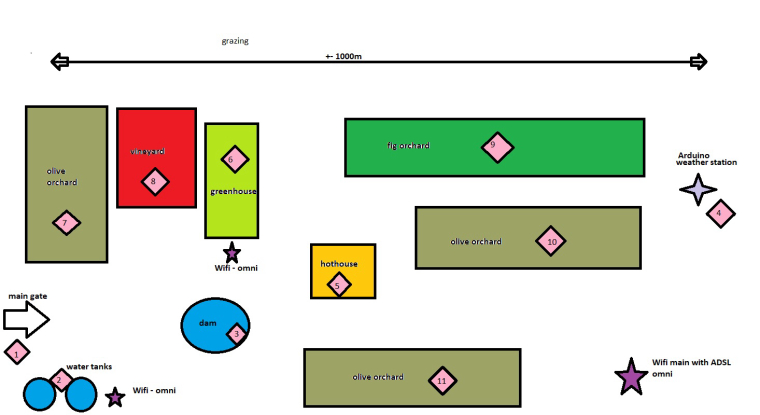@joedirt16
A lot depends on your background and how much of this is completely new to you. MySensors website assumes you have a certain level of knowledge and experience. To build something with MySensors you will need background in several broad areas:
-
Electronics hardware in general. Wiring together various electronic components. Selecting and buying parts and pieces. Soldering. Testing and troubleshooting.
-
Software/coding/programming. Much of what you will do with this is more about hooking together different existing software code, but usually some level of code writing to glue together the different pieces is needed.
If you have some experience & skills in either one of these two areas, you can probably learn what you need in the other one. If you don't have any experience in either of these areas, you will likely have a lot to learn before you will be able to build something you have in mind.
-
Specific platform knowledge. You need to know how to work with Arduino hardware and the IDE (development environment). You need to have a basic understanding of programming Arduino such as writing "C" language code.
-
Mechanical fabrication. You can do desktop prototyping without this, but to make a real-world device you need to be handy enough to put your electronics in an appropriate enclosure. Simple workshop fabrication, fasteners, adhesives, connectors, cables, etc.
Where to start:
There is a lot of information available for beginners. A starting point would be to focus on learning Arduino. It was designed for beginners. You will find a lot of beginner tutorials on the internet, one good place to check out is Adafruit. There are many others.
I would not start out focusing on MySensors. After you learn basics of Arduino and build some simple projects, it will still be quite challenging to jump directly to MySensors. MySensors is one part of a larger system - it lets you build sensor nodes but relies entirely on you having one of many separate Controllers to collect and work with that sensor data.
I have been building hobby electronics for many years, and it still took me many days of work to get my first MySensors device to operate and send data to a controller. (You need to get a working controller, too!)
I took this path, doing the easy work first and the hard stuff later:
- Bought Raspberry Pi model 3, got it running.
- Install "Domoticz" controller on Raspberry Pi. (Domoticz is I think one of the easiest controllers to get running and works well with MySensors).
- Built "ESP Easy" sensor node on Adafruit Huzzah Feather hardware on a prototype board. ESP Easy does many of the things MySensors does, but with no programming. You will have to learn all about the Arduino IDE to do this, which is also required later with ESP Easy. ESP Easy does not require working with the radios that are central to MySensors, it uses small ESP8266 boards that use your wifi network instead. It's not better, just different and simpler.
- With a working controller and a working sensor node, you have the minimum needed to add a MySensors sensor node. It's pretty much impossible to get MySensors running otherwise. Depending on your project you may not require the additional complexity of a radio based MySensors network.
Good Luck!
Tim



